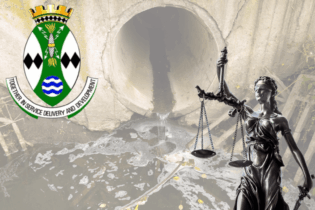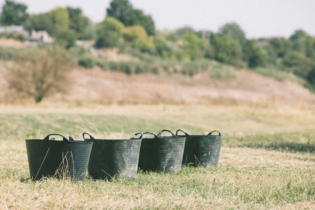The proportion of households with access to piped water has increased since the last census conducted in 2001. This is according to the Census 2011 results released on Tuesday 30 October 2012.
The findings show that the proportion of households who have access to piped water is high in all provinces, with the highest proportion of those with piped water inside the dwelling or yard being in Gauteng (89.4%), followed closely by the Free State (89.1%) and the Western Cape (88.4%). The proportion of households reported by the Census 2011 as having no access to piped water is highest in the Eastern Cape (22.2%), followed by KwaZulu-Natal (14.1%) and Limpopo (14%). The third census to be conducted in South Africa since the 1994 change in government, Census 2011 was conducted in October 2011 with a number of population and household attributes being measured and a number of indicators generated from them. Sanitation in the spotlightAccording to the findings, the proportion of households without proper sanitation – households that use the bucket toilet system or have no toilet – has also decreased over the 1996 to 2011 period. The census results also showed that the proportion of households that have flush toilets connected to the sewage system increased to 57% from 55% in the Community Survey (CS) of 2007. The proportion of households using the pit toilet with ventilation (i.e. VIP) increased to 8.8% from 6.6% in CS 2007.
This could, in part, be attributed to the fact that the proportion of households living in formal dwellings has also increased significantly. However, the census findings noted that “the share of Black African households living in formal dwellings remains lower than that of other population groups.” Whereas 99.4% of the white population, 98.8% of the Indian/Asian population and 92.4% of the Coloured population have access to a flush toilet, only 89% of the Black African population does, with 8.7% of this group also having no toilet. Access to toilets, however, has increased overall, with the proportion of households having no toilet declining significantly to 5.2% in Census 2011, as opposed to 8.3% in CS 2007. Bucket toilets were more prevalent in the Coloured grouping, with 2.8% of this population group using this as their primary toilet facility; however, at 2.1% total population usage, it was much less common than in the 2001 Census (3.9%). The Census 2011 results serve not only as a benchmark for continuing research and analysis, but also play an essential role in informing and measuring public policies – in this case, relating specifically to the provision of water and sanitation services.







